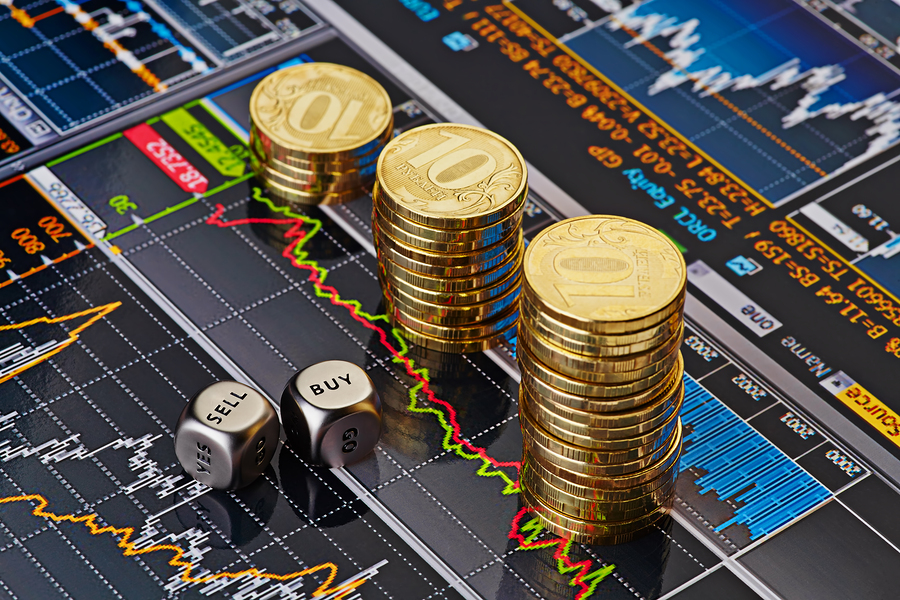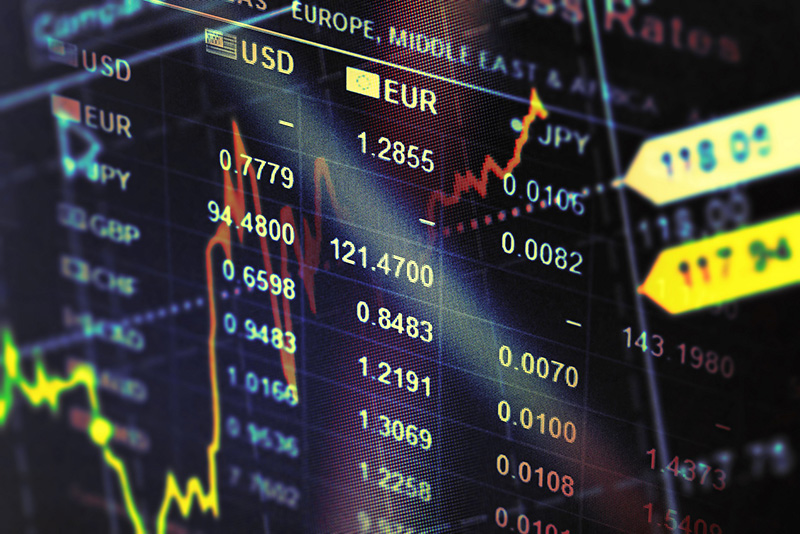Forex trading is an international exchange market where traders can buy and sell currencies from several different nations. It is done over the counter five days a week, 24 hours a day. Investors trade pairs that speculate the price of one particular currency to go up and the other to drop. There are several different strategies to this trading, and they vary according to trading style as well as experience in trading. Here are a few of the most popular strategies.
Strategies Made Simple
There are two types of concepts that can be recommended to the newbie trader as simple to begin with. The first one is by following trends on a daily or weekly basis. This is done by reviewing both daily and weekly charts to identify a solid trend and then jump in. Begin by trading small to avoid unpleasant surprises. This type of trading is ideal for implementing in your spare time, without being glued to the monitor. Carry trading is buying a currency that yields high interest rates against a lower-yielding currency. The point here is to hold the currency, as a rollover is paid on the difference between the two interest rates on a daily basis. In carry trading, funds are deposited in your account every day, even when the trade is not moving. Because of leveraging in forex, the money you get is based on your trade size, and not only how much capital you invested. The place to be careful here is with news reports that have an impact on global markets. The types of currency pairs that are usually chosen for carry trading are the pairs that react strongly to news reports. Don’t take a risk of being over leveraged, because these pairs can plunge hard and fast.
Day Trading
Day trading, which can be done at any hour of the day, is more dependent on technical analysis. Forex technical analysis takes into account the factors that are influencing the market. Prices quoted are those that reflect the factors that influenced it, such as actual market movement and history. Actual market movement accounts for factors known to affect the market such as supply and demand, politics, and trade agreements. Of course, it does not take into account emotions, fears or expectations. However, the prices actually reflect market movements. Keep in mind that history does repeat itself, so to a certain degree, movements in the market can be predicted.
Technical Indicators
Relative strength index, after calculating the ratio of movements upwards and downwards, results in a range beginning with zero and going to 100. Chart patterns will show the hills and curves that have developed on a specific chart of a period of time. Use these to identify minor and major pattern changes. Gaps are areas of a bar chart where there was no trading at all and numbers are various theories used for technical analysis. The stochastic oscillator lets you know when the conditions were overbought or oversold, on a scale of 0 – 100.


